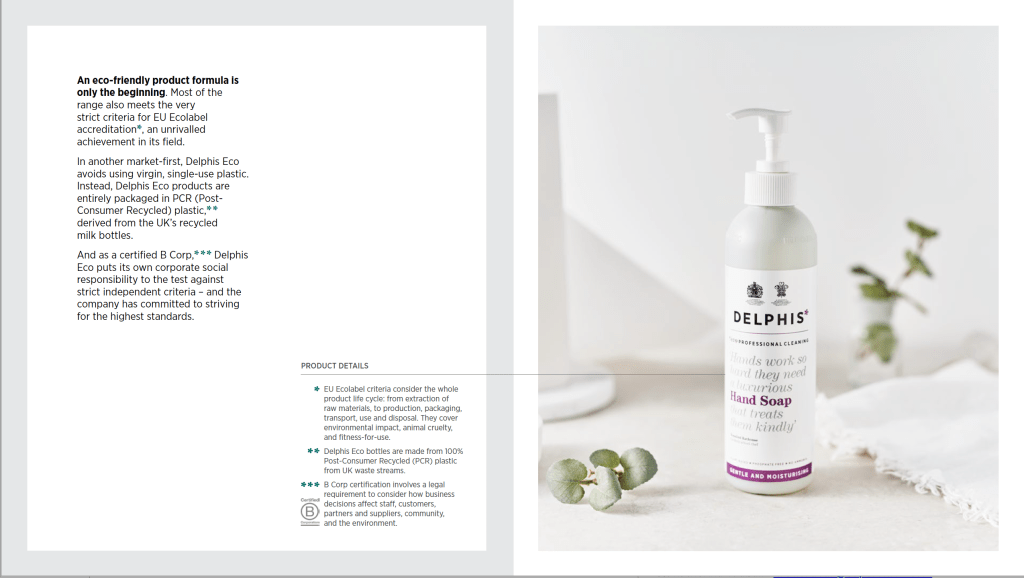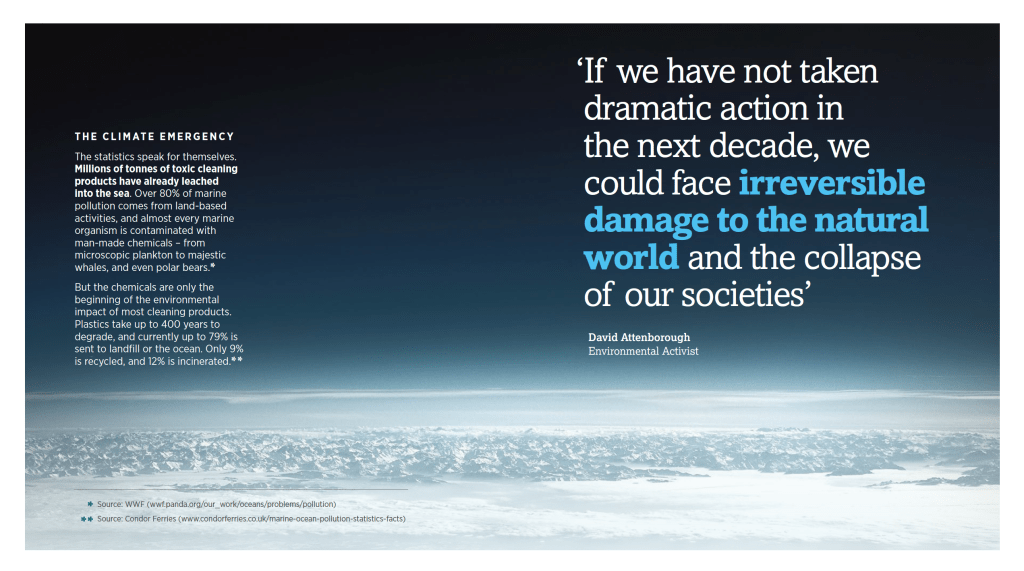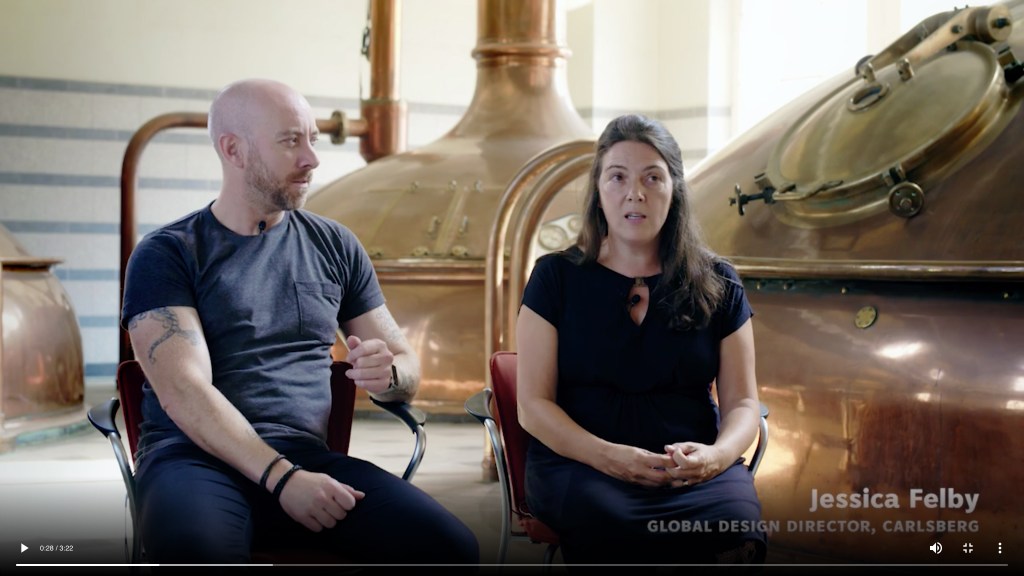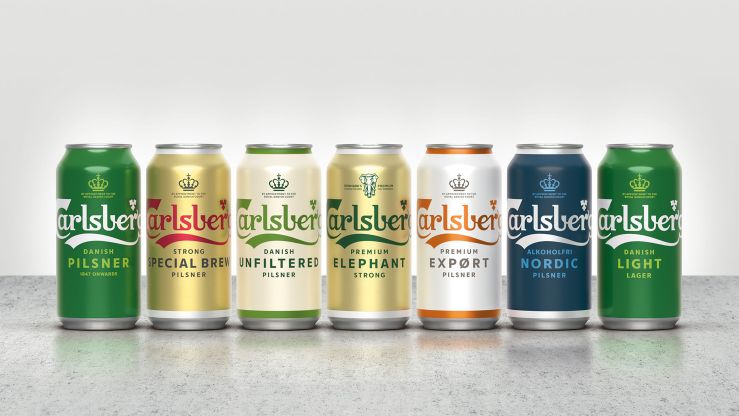I helped Superunion tell the brand story of eco-friendly cleaning company Delphis Eco.
Following a joint briefing with the creative team and the client, I conducted an in-depth interview with Delphis Eco’s passionate, self-confessedly belligerent founder Mark Jankovich.
The first section, below, captures the story’s unlikely origins in the world of cut-throat finance – where Jankovich had the epiphany that drove him to drop everything and radically change his career direction.

Mark’s story
It was 2007, the year before the finance sector went into meltdown.
Mark had been working on a more joined-up approach to RBS Group’s corporate social responsibility. He argued that the banking giant needed to consider its impact on the world.
But profit was king, and Mark’s holistic plan was laughed out of the room. He quit the next day, with a burning desire to make a meaningful difference in whatever way he could. His goal was simple: build a business, any business, that could have a net-positive impact. After scouring the globe for candidates, he discovered a Liverpool-based chemist making professional-standard cleaning products from eco-friendly natural ingredients.

The business had been struggling, and had racked up significant debts. But despite having no experience in the sector, Mark saw huge potential for social and environmental impact.
Shortly after the birth of his second child, and with no salary as a safety net, he threw everything he had into the venture, adopting a one-star roadside hotel as a rudimentary base near the warehouse in Bootle while he worked to turn the business around.

Mark was prepared to roll up his sleeves and get his hands dirty. To win one of Delphis Eco’s first major contracts, he spent seven months getting up at 4am to scrub Iceland stores, demonstrating to the supermarket why it should switch.
He also knew he had to get the products into the right hands, so cut out the middleman. Knowing the Prince of Wales to be an ardent eco-campaigner, he cold-called Clarence House and challenged the Prince’s staff to test the products. The risk paid off, ultimately leading to Delphis Eco receiving two Royal Warrants.
At the heart of Delphis Eco’s success story is Mark’s refusal to accept something is impossible, and the passion, belligerence and drive to prove it can be done.

The story goes on to explore how Delphis Eco has responded to the bigger-picture context of the climate emergency, and reveals the brand’s many sector-leading green innovations and related campaigns – including lobbying for meaningful change at the highest level.





